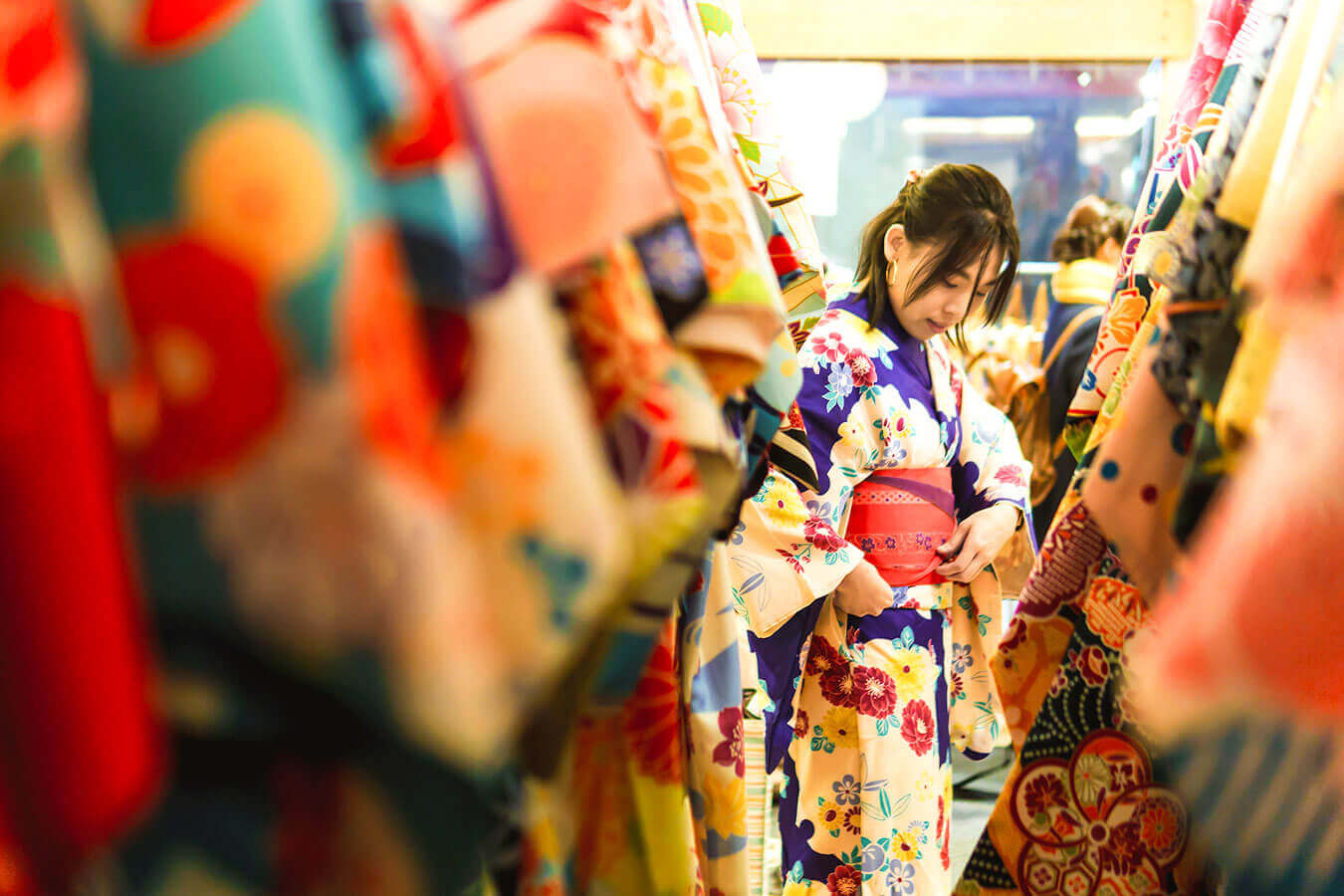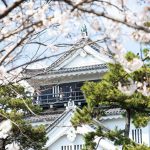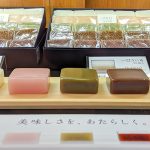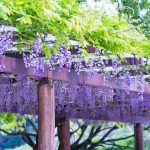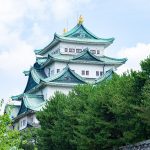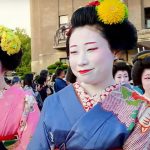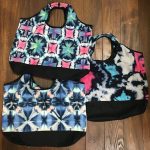Japanese kites are considered some of the most spectacular in the world, appreciated both for their aesthetic value, and as traditional toys. They have many different styles and types of kites, and each region of Japan has its own distinctive shape.

In Aichi, and more specifically in Nagoya, there is a variety of kites called Nagoya Koryu of which there are three types: the moth, the cicada and the bee. The length of these kites usually does not exceed 60 cm. With excellent durability able to withstand wind speeds between 8-15 m/s, you can even enjoy flying them in blustery weather!
Just don’t go taking them out into a tornado, OK?
Construction of these types of kites is certainly not easy as they require excellent mastery of difficult techniques and lots of experience.
Article Contents
A Brief History About The Japanese Kite

Like much of traditional Japanese culture, it is believed that kites were first introduced by the Chinese, specifically by Buddhist monks who came to Japan during the Nara period (710-794 AD). The Japanese took the knowledge about China’s kites, and developed their own distinctive designs and traditions.
Originally the Japanese kite was used for practical purposes, such as during the construction of temples to raise tiles and other materials for the workers who were on the rooftops.
It is also said that a Japanese thief once used a giant kite to reach the top of Nagoya Castle. There, under the cover of darkness he stole the scales of the pair of Kinshachi (a mythological tiger-headed carp), the proud symbol of Nagoya. Now that would make an interesting movie!
Learn more about Nagoya Castle and the infamous Kinshachi here.
During the Edo period (1603-1867), when Japan closed itself off to the outside world (known in Japanese as Sakoku), the kite reached its greatest magnificence. New styles and designs were created, which generally represented characters from Japanese folk tradition, mythology or that had religious or symbolic significance.
In Nagoya, the art of kites was introduced in the second half of the Edo period (1750-1850). The great abundance of bamboo and the high quality of the paper made Nagoya the largest kite producer in the whole country.
Today, these kites are more than toys. They are often seen as decoration or a collector’s item for avid kite fans.
Visit The Japanese Kite Craft Shop: Takomo Honten

Very few people, including locals, know about the existence of the traditional kite shop Takomo Honten.
Mr. Yamada and his son Tamio are the fifth and sixth generation of artisans and kindly opened their doors to tell us about their trade and about Takomo Honten.

Located in Nagoya’s Nishi (west) ward, Takomo Honten started doing business at the end of the Edo Period, more than 170 years ago. Since then it has managed to protect and preserve the traditional splendor of kites for 5 generations (the sixth generation is currently in the process of learning).
Takomo Honten has an extensive catalog of kites with more than 150 types, all with original illustrations, characterized by the vividness of its colors, all created with the use of natural pigments.
The basic materials that they originally used came from around Nagoya: the bamboo from the city of Komaki (Aichi) and paper from the city of Mino (Gifu). Nowadays, due to the decrease in the number of producers in the area, they have to look elsewhere to ensure they have enough to make all the kites they can.

The most elaborate kites are of the “Kakudako” type (or 4 corners in English). These kites are characterized by having a rectangular design and being decorated with paintings of famous warriors, Kabuki actors, priests, and Geisha, which are known as Edo Kakudako, i.e. those with an Edo period style design.

They also make hexagonal kites (Rokkaku dako), which are the most popular and well-known.

Another type of kite that they also make is known as Eto, which is made for the new year and represents the twelve signs of the Japanese zodiac. Each year has its own zodiac symbol: the mouse, the cow, the tiger, the rabbit, the dragon, the snake, the horse, the goat, the monkey, the bird, the dog, and the wild boar.
One of the most important requirements in Takomo Honten is that all kites, whether as decoration or not, have to be made so that they can fly.
Takomo Honten sells mainly wholesale. Its main wholesalers are toy stores and gift and decoration shops in different cities such as Tokyo, Osaka, and Kyoto. If you travel through any of these cities you may find their kites there as well!
The most surprising thing is the price. Despite being considered art, kites have a very affordable price. They are around 1,000 yen for the smallest kites and 3,000, 4,000, and 5,000 yen for the largest.
Interview With A Kite-Making Master
During an interview with Tamio and his father, they told us a few secrets about the process of making kites.
The development is divided into four processes:
1. Illustration and Coloring
The illustration and coloring is done in a separate workshop. First, the outline of the illustration is painted with black ink. Then one by one, the colors are added to the drawing. This is a manual process, which closely resembles the technique of textile screen printing.
2. Paper Cutting
Once the coloring is finished, it needs to dry for several days and is then sent to Takomo Honten for the paper cutting process. In this process the role of kites is cut to the correct length, 25 sheets at a time. When cutting the paper, the measurements have to be precise, otherwise, it will create potential problems when putting everything together.
3. Assembling
Creating the frame for the kite is done using bamboo sticks (also called “bones”), which is done in Takomo Honten.
The glue used for this process is water-resistant and made using traditional methods with natural products. While we wouldn’t advise going kiting in bad weather, at least you know your kite is safe for the next sunny day should there be a sudden downpour.
This process is also done manually with extreme care since if the orientation of the assembly is not correct, this will have an impact on the kite’s performance.
Once the assembly is finished, it’s then left to dry. The time it takes for the glue to dry depends on the season. Drying time is faster in summer, but longer in winter or in the rainy season.
4. Bending and Fixing the Thread
Once the glue has dried, the process continues with the insertion of the thread and bending the “bones” to tighten it. This process changes slightly depending on the type of kite.
“Preserving these traditional techniques is no easy task. In the past, Nagoya had more than 20 kite shops, but currently, there are only 2 left” commented Mr. Yamada.
This is mainly because the process requires a lot of time: a week to paint Japanese paper, 3 days for the subsequent affixture of the bones and thread, and bending the kite into shape. Without a doubt, this is not a simple job and you need to have lots of experience to gain high levels of precision.
Takomo Honten (凧茂本店)
Opening Hours: 9:00 -17:00. Closed on Saturdays, Sundays, and holidays.
Address: 2-2-10 Oshikiri, Nishi Ward, Nagoya, Aichi Prefecture
Access: By bus: From the Nagoya station bus terminal, take the Meieki 12 Nagoya Station – Kamiida bus and get off at Yoshiharachō. From there it’s a 3-minute walk.
On foot: 25-minute walk north from Nagoya station.
E-mail: honten@tacomo.com
Website (Japanese only) | Google Maps
Join the Giant Kite Festivals in Aichi
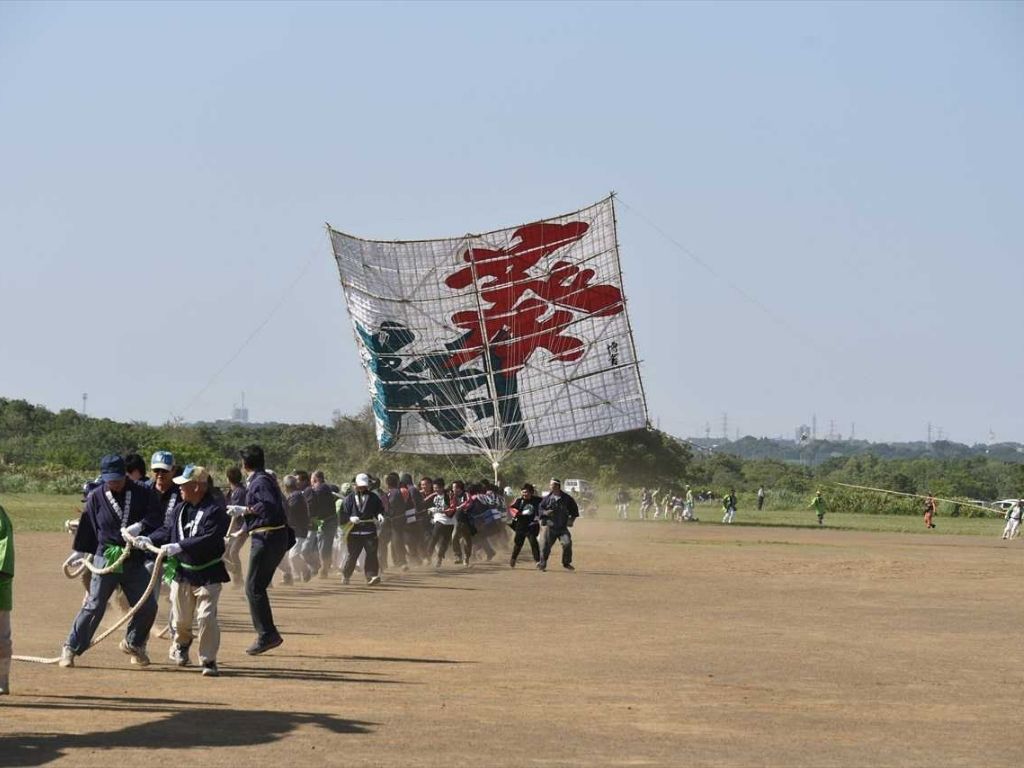
If you want to see Japanese kites in action, one of the most popular kite festivals in the Aichi region is the Kota Festival. This festival is celebrated on the second Sunday of January in the town of Kota. Approximately 25,000 people participate, and about 140 kites of different sizes and designs compete in this traditional winter event. Here you can also see the giant kites called Odako (lit. “big flag”) that can be as large as 16 square meters!
Anyone with a kite can participate, so after a visit to Takomo Honten, you can try flying your new purchase and maybe get valuable tips from other kite flyers.
Kota Festival こうた凧揚げまつり
Date and Time: Second Sunday of January (2023/1/8), 9:00 – 13:30 (time may change from year to year)
Address: Hishiike, Kota Town, Nukata District, Aichi 444-0113
Access: A shuttle bus is available from Kota Town Hall, JR Kota Station, JA Aichi Mikawa Kota Shop. Note that there is no parking available on-site, so we advise not to go by car unless you can find paid parking nearby the venue.
Website (Japanese only) | Google Maps
Japanese kites may differ from the ones that you used to fly as a kid, but they’re just as fun! Try making one yourself or getting one as a great souvenir or memento for your trip to Nagoya.
Photo credit: Elisabeth Llopis @ellpcreative
Did you enjoy this article?
Make sure to also check out our other posts about Nagoya and trust us if we say Nagoya is not boring!
Be sure to follow us on Facebook for new articles every week, and see our Instagram for pictures and stories about Nagoya!
Tag us 📲
If you have any pictures or comments about Japanese kites, share them with us on social media by tagging #nagoyaisnotboring



